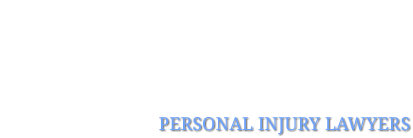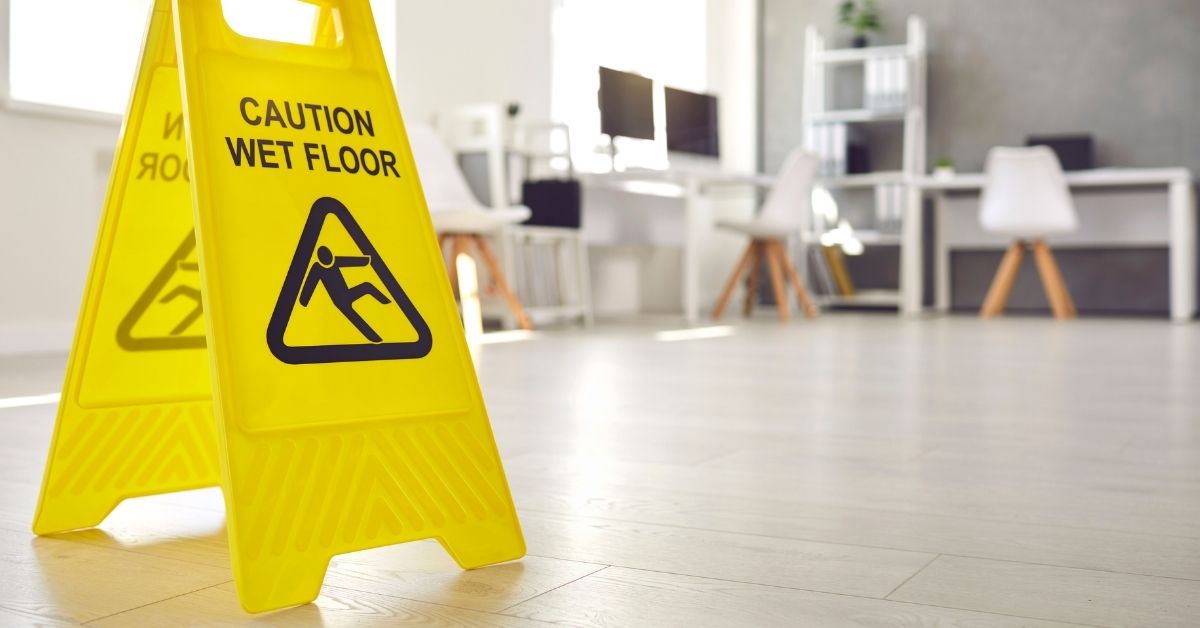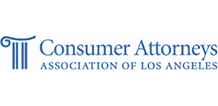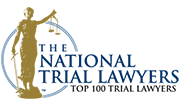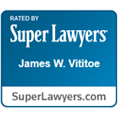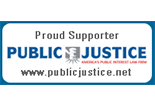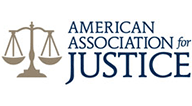Premises liability cases can arise when a property owner or manager fails to maintain safe conditions. Failure to do so can lead to accidents and injuries. Identifying signs of negligence is key for protecting yourself if you’ve been injured on someone else’s property. At Vititoe Law Group, we understand the complexities of premises liability cases. We are here to help you navigate the legal process. Keep reading as we explore the 10 signs of negligence in premises liability cases to help you understand your rights and options.
What is Premises Liability?
Premises liability is a legal concept that holds property owners or managers accountable for ensuring the safety of individuals who enter their premises. Whether it’s a residential property, commercial establishment, public venue, or even vacant land. Each property owner has a duty of care to maintain safe conditions and prevent foreseeable harm to visitors, guests, and sometimes even trespassers.
This duty of care arises from the principle that property owners are in the best position to know about potential hazards on their premises and take reasonable steps to address them. While the specific obligations may vary depending on the jurisdiction and the type of property, the overarching goal is to prevent accidents and injuries that could result from dangerous conditions.
Under premises liability law, property owners or managers may be held liable for injuries caused by hazards such as:
Inadequate Maintenance
Inadequate maintenance is a significant red flag in premises liability cases, indicating a lack of care for the property’s upkeep. This sign encompasses various issues, including neglected repairs, deterioration of structural elements, and overall disregard for the property’s condition. For instance, broken handrails, cracked sidewalks, or leaking roofs are all examples of inadequate maintenance. These simple maintenance items can pose serious risks to visitors if not kept up with.
When property owners fail to address maintenance issues promptly, they knowingly expose individuals to potential hazards, increasing the likelihood of accidents and injuries. Such negligence can lead to legal liability if someone is harmed as a result of the poorly maintained conditions. It’s important for property owners to regularly inspect their premises, address maintenance issues promptly, and ensure that the property is safe for visitors and guests.
Slippery Surfaces
Slippery surfaces present a common and dangerous hazard on various types of premises, including sidewalks, parking lots, and indoor spaces. Factors such as spills, wet weather conditions, or improper floor maintenance can contribute to slippery surfaces, increasing the risk of slip and fall accidents.
Property owners must take reasonable steps to prevent slip and fall accidents by keeping walking surfaces clean, dry, and free from hazards. This may involve implementing procedures for promptly cleaning up spills. Additionally, installing slip-resistant flooring, and providing warning signs in areas prone to wet conditions. Failing to address slippery surfaces can result in legal liability if someone is injured due to a slip-and-fall accident on the property.
Poor Lighting
Poor lighting can create hazardous conditions. Particularly in dimly lit areas such as stairwells, hallways, or parking lots. Insufficient lighting can obscure potential dangers, making it difficult for visitors to navigate the premises safely and increasing the risk of accidents.
Property owners are responsible for ensuring that adequate lighting is provided throughout the premises to maintain visibility and promote safety. This may include installing additional light fixtures, replacing burnt-out bulbs promptly, and ensuring that outdoor areas are well-lit during nighttime hours. Failure to address poor lighting conditions can result in legal liability if someone is injured due to inadequate visibility on the property.
Lack of Security Measures
Failure to implement adequate security measures can leave visitors vulnerable to various safety risks. Including, but not limited to, theft, assault, or vandalism. Property owners must assess the security needs of their premises and take reasonable steps to protect visitors from foreseeable harm.
This may involve measures such as installing security cameras, hiring security personnel, or implementing access control systems to monitor and control entry to the property. Neglecting security measures or ignoring known risks can result in legal liability if someone is harmed due to inadequate security on the premises.
Defective Conditions
Defective conditions on the premises, such as broken stairs, loose handrails, or uneven flooring, pose significant hazards to visitors. These defects can result from poor construction, wear and tear over time, or lack of proper maintenance.
Property owners must inspect their premises regularly and address any defective conditions promptly to prevent accidents and injuries. Neglecting to repair or replace defective elements can result in legal liability if someone is injured due to a defect on the property.
Failure to Warn
Property owners have to warn visitors of potential hazards or dangers on the premises, especially if those hazards are not readily apparent. This duty includes posting warning signs, barricades, or other forms of notification to alert visitors to potential risks.
For example, property owners should warn of wet floors, slippery surfaces, or areas under construction to prevent accidents. Failing to provide adequate warnings can result in legal liability if someone is injured.
Code Violations
Building codes and regulations are in place to ensure the safety and integrity of structures and premises. Failure to comply with these codes can result in hazardous conditions that put visitors at risk of injury.
Property owners are responsible for ensuring that their premises meet all applicable building codes and regulations. This includes obtaining necessary permits for construction or renovations. Additionally, adhering to safety standards for electrical and plumbing systems, and maintaining compliance with zoning requirements.
Lack of Accessibility
Accessibility is a critical consideration for ensuring that premises are safe and usable for individuals with disabilities. Property owners are required to comply with accessibility standards outlined in the Americans with Disabilities Act (ADA) and other relevant regulations.
This includes providing accessible entrances, parking spaces, and facilities such as ramps, elevators, and handrails. Failure to ensure accessibility can result in legal liability for discrimination and denial of access to individuals with disabilities.
Negligent Hiring or Training
Property owners must hire competent employees and provide adequate training to ensure the safety of visitors and guests. Negligent hiring practices, such as failing to conduct background checks or hiring unqualified personnel, can increase the risk of accidents and injuries on the premises.
Similarly, inadequate training can leave employees ill-equipped to handle emergencies or respond appropriately to safety hazards. Property owners must invest in proper training programs. By doing so, they ensure that staff members are knowledgeable about safety protocols and procedures.
Previous Incidents
Previous incidents on the premises can serve as warning signs of potential safety hazards or negligence by the property owner. Patterns of accidents, injuries, or complaints may indicate underlying issues that require attention to prevent future incidents.
Standards of Care in Premises Liability Law
It’s important to note that premises liability law imposes different standards of care depending on the status of the visitor. For example:
Invitees: Individuals who are invited onto the property for business purposes, such as customers or clients, are owed the highest duty of care. Property owners must regularly inspect the premises, address known hazards, and warn invitees of any dangers.
Licensees: Social guests or others who enter the property with permission but for non-commercial purposes are owed a slightly lower duty of care. Property owners must warn licensees of known hazards but may not be required to inspect the property as frequently.
Trespassers: While property owners generally owe a lesser duty of care to trespassers, they still cannot intentionally harm them. Owners may be liable for injuries caused by hidden dangers that the owner knew about and failed to warn against.
Contact a Westlake Village Personal Injury Attorney
If you or a loved one have been injured due to negligence on someone else’s property, don’t hesitate to seek the help you deserve. At Vititoe Law Group, our experienced team of Westlake Village personal injury lawyers is dedicated to fighting for your rights. Not to mention, securing the compensation you need to move forward. With our expertise in premises liability cases you can trust us to advocate fiercely on your behalf. Contact us today for a free consultation. Your safety and well-being are our priority. We are here to help you every step of the way.
